06 Jun 2004
Soupirs d'âme
No overview found

Who is the real Filipino?
Set at the turn of the 20th century during the Filipino revolution against the Spaniards and, later, the American colonizers, it follows a naive peasant through his leap of faith to become a member of an imagined community.

Nicolas 'Kulas' Ocampo

Matilde 'Diding' Diaz Patron
Bindoy (as Dranreb)

Fortunato 'Atong' Capili

Concordia

Onofre 'Kidlat' Biltao
Lim

Komandante

Don Tibor
06 Jun 2004
No overview found
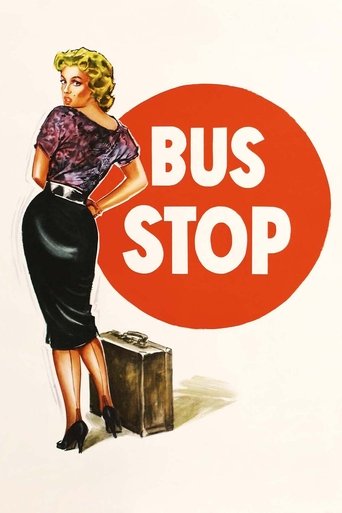
31 Aug 1956

Cowboys Beauregard Decker and Virgil Blessing attend a rodeo in Phoenix, where Decker falls in love with beautiful cafe singer Cherie. He wants to take Cherie back to his native Montana and marry her, but she dreams of traveling to Hollywood and becoming famous. When she resists his advances, Decker forces Cherie onto the bus back to Montana with him, but, when the bus makes an unscheduled stop due to bad weather, the tables are turned.
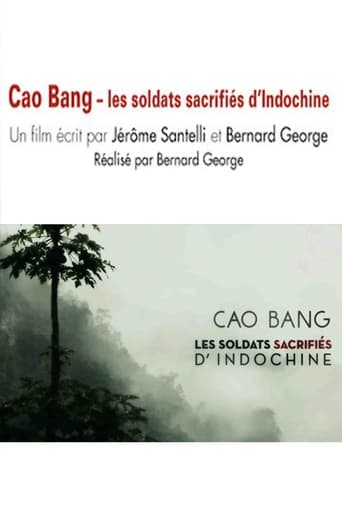
27 Apr 2014

No overview found

19 Aug 2009

The story takes place in Equatorial Guinea, where Mr. Cuchillas leads a mafia gang that takes care of dirty business. Even a shoe shine will come to him, in search of a more profitable job.

28 May 1932

A condemned murderer, in the process of being executed, relives the events that led to his being sentenced to die in the electric chair. Told in flashback, we witness a sleazy dancehall girl (Vivienne Osborne) dupe a high rise riveter (Edward G. Robinson) into marriage so she can live off of him. But when he loses his job and his marbles, she ends up supporting him with money from her side man--and misses no opportunity to rub it in his face that she's now supporting him in his emasculated state. As the animosity grows and things get more and more unbearable, he is eventually driven to desperate measures.
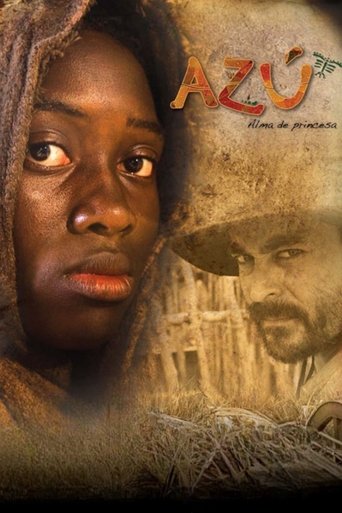
05 Jul 2013

1780, a group of slaves flee from a sugar cane hacienda. As they are pursued by Don Manuel Aguirre, obsessed landowner who has fixed his eyes on Azu, the beautiful slave with an ancestral destiny.

03 Dec 1935

Flanders, Hispanic Monarchy, 1616. The inhabitants of the small town of Boom are busy organizing the annual local festivities when the arrival of the Duke of Olivares, who rules the country on behalf of the King Philip III of Spain, is announced. While the male citizens cowardly surrender to panic like rats on a sinking ship, the brave female citizens, led by the bold wife of the burgomaster, decide to become the best hosts the Spaniards can ever meet.
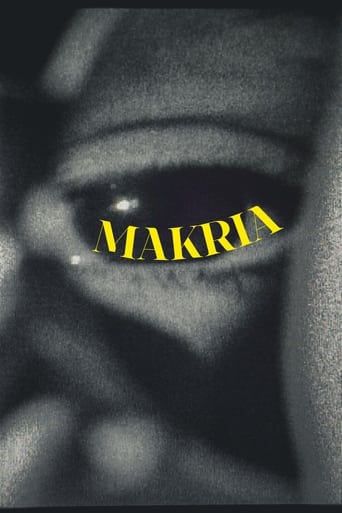
04 May 2024

No overview found
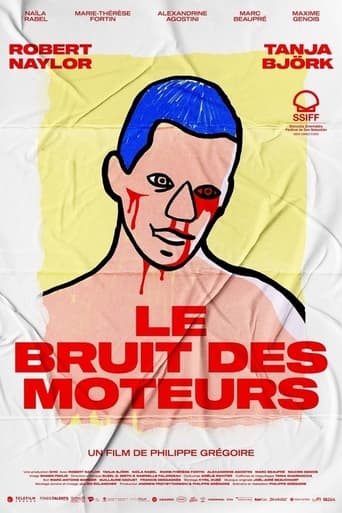
21 Sep 2021

Alexandre, an instructor at the Canadian customs college, returns home to his small town after his employer places him on compulsory leave. As he forms a new friendship with a female Icelandic drag racer, he finds himself under surveillance by police investigators trying to get to the bottom of the sexually explicit drawings that have been troubling the town.
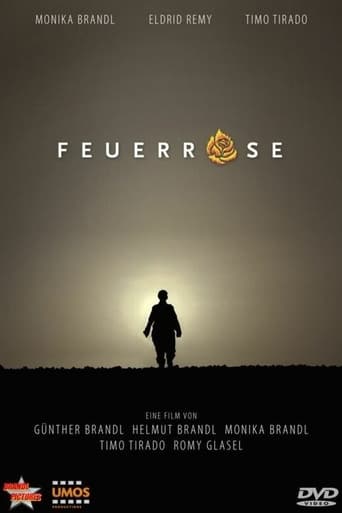
17 Sep 2011

A woman wakes up disoriented in a barren and desolate area. She knows neither who she is nor where she is. Instead of answers, she only ever finds more questions. In search of her identity, she soon realizes that her destiny seems to be more incredible than she ever thought possible...

28 Sep 2001

The tragic fate of Juana I of Castille, Queen of Spain, madly in love to an unfaithful husband, Felipe el Hermoso, Archduke of Austria.

22 Apr 1949

A war veteran suffering from amnesia, returns to Los Angeles from a San Francisco veterans hospital hoping to learn who he is and discovers his criminal past.
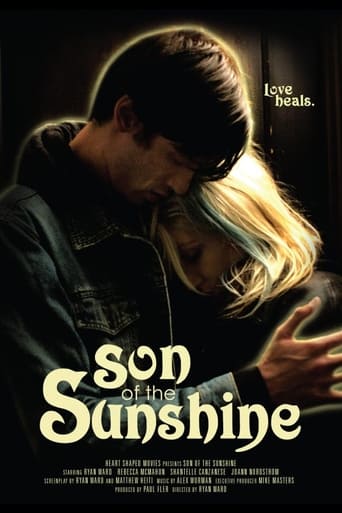
18 Jan 2009

A socially disconnected young man with Tourette's Syndrome undergoes an experimental surgery to correct his disorder, but as his symptoms start to fade so does his ability to heal the sick and dying.

23 Jun 2024

Seven years after the mysterious death of her mother, an isolated botanist meets an enigmatic, teenage runaway in a creek. Forming an unexpected bond, the two embark on a harrowing journey to confront their respective pasts, all while slowly realizing that they may not have to face their uncertain futures alone.
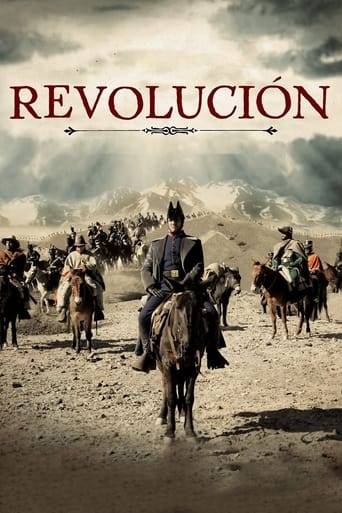
07 Apr 2011

Buenos Aires, 1880. A journalist interviews Manuel Esteban Corvalán, one of the last living men who crossed the Andes in 1817 with José de San Martín, during the Argentinian and Chilean wars of independence, as one of his secretaries, when he was only 15 years old.
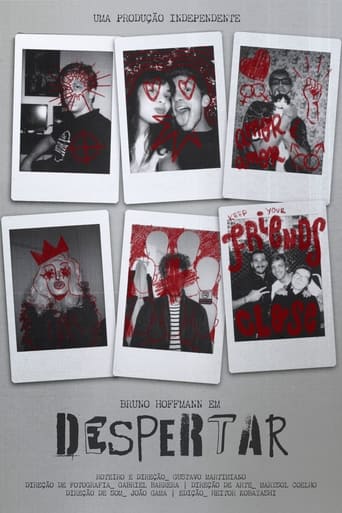
05 Jul 2023

A young man in early adulthood finds himself trapped in a loop, waking up in different versions of himself. On this journey he has the unique opportunity to experience different lives and reflect on relationships, choices and identity.
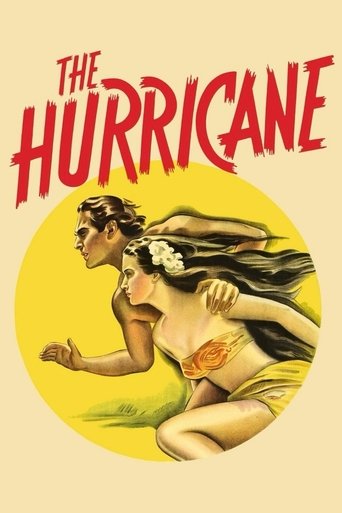
09 Nov 1937

A Polynesian sailor is separated from his wife when he's unjustly imprisoned for defending himself against a colonial bully. Members of the community petition the governor for clemency but all pretense of law and order are soon shattered by an incoming tropical storm.
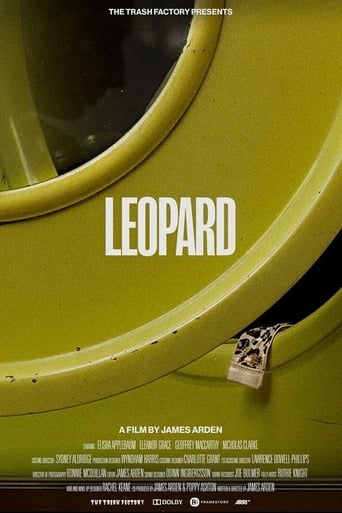
29 Feb 2020

Rocky, a born-and-bred London teenager, begins to question the strict routine set by her father – as well as deeper feelings about her own identity – after meeting a free-spirited girl in a local launderette.
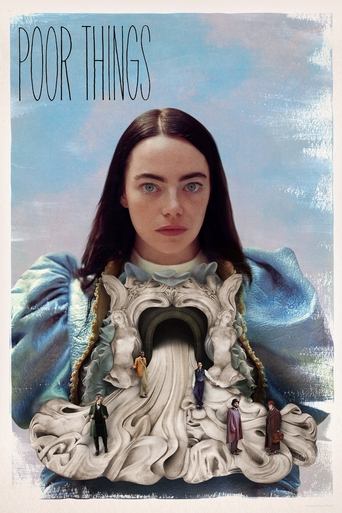
07 Dec 2023

Brought back to life by an unorthodox scientist, a young woman runs off with a lawyer on a whirlwind adventure across the continents. Free from the prejudices of her times, she grows steadfast in her purpose to stand for equality and liberation.
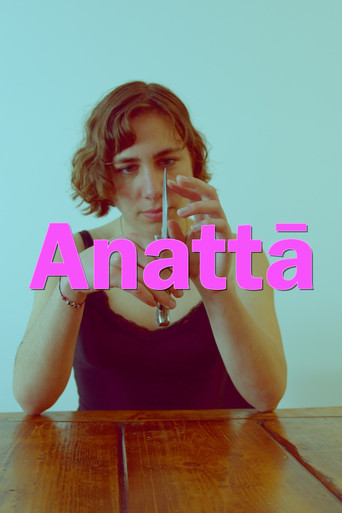
10 Dec 2025

A young actor plays a rude, obnoxious, know-it-all in a film who, after losing her job, sets out to 'teach the world a lesson.'